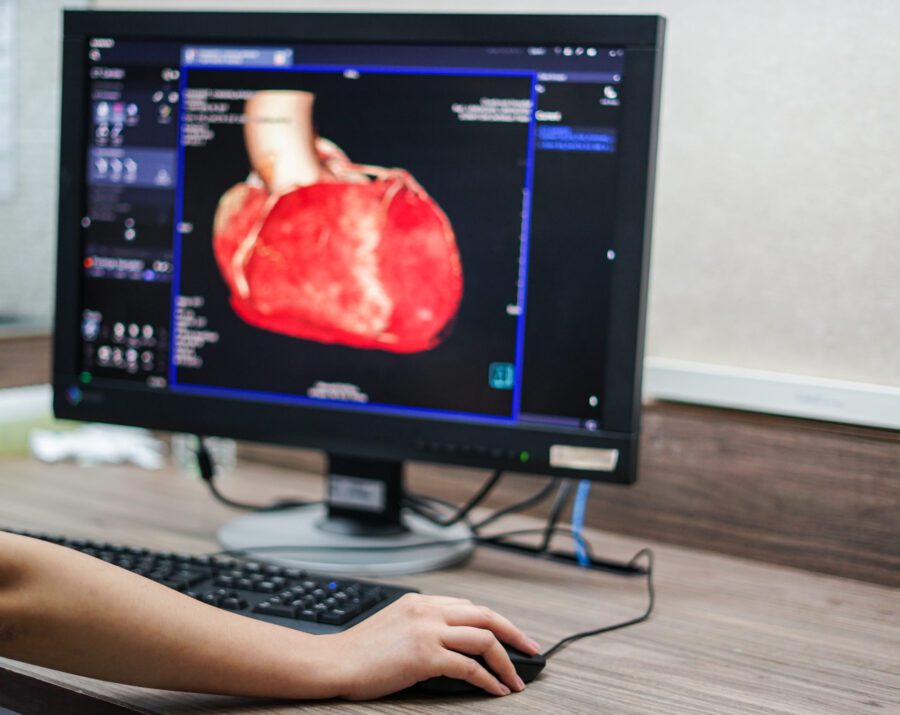
The field of healthcare intersects with data science through the tools and methodologies that practitioners use to diagnose their patients. Advances in medical science, coupled with advances in data visualization, allow for physicians and patients alike to better understand their risk factors and treatment options. Having more usable data from less intrusive methods empowers patients to make informed decisions and improves the quality of their care.
The Problems We Face
Many of the tests we have now to diagnose patients are labor intensive and invasive. According to the CDC, 659,000 people in the United States die from heart disease every year and almost half of which presented their first symptom as a heart attack. Far too often, patients will not be screened for heart disease until the underlying symptoms manifest in life-threatening ways, or until they are at substantial risk.
The integration of the big data toolset in the diagnostic work of physicians will expand the realms of predictive and preventative care for patients that have yet to show symptoms, but have the underlying risk factors already. HeartFlow, an AI-driven medical imaging company, believes that the key to the future of healthcare involves AI assisted diagnostics. Founder and CTO Dr. Charles Taylor said that, “I do believe with better diagnostic techniques, heart disease is eminently treatable, but it really needs to be evaluated and detected precisely and early. I think that we could contribute to, ultimately, knocking heart disease down from the leading killer.”
AI Image Analysis
IBM is expanding into the fast-growing medical imaging field, as they predicted at least 90% of all medical data is in medical images. Companies like HeartFlow are expanding the abilities of existing technologies by integrating AI analysis into CT scans of the heart to create a 3D render of the coronary arteries. They recognized that the image analysis capabilities of deep learning models, previously used for face scanning, could be a powerful tool if applied to medical imaging.
Compared to a trained physician, who may see thousands of heart CT scans over a career, HearFlow’s AI is able to train against millions of scans in a fraction of the time and grow its imaging capabilities with the assistance of human analysts to refine its programming.
The Future of Imaging
With the rapid pace that AI technology is advancing, the next decade will inevitably have a dramatic shift in the way that we view healthcare, as well as its accessibility. As it stands, medicine is based on empirical observations such as presenting symptoms, but as we see from many cardiovascular patients, symptoms often manifest themselves in dangerous ways. The move away from empirical medicine is towards a data driven model that provides predictive healthcare before symptoms arise. Expanding the capabilities of AI to accept a variety of datasets so that it may understand the patient’s health in a more holistic way is one step towards revolutionizing data-driven healthcare, but also a step in understanding the full capability of machine learning algorithms.
